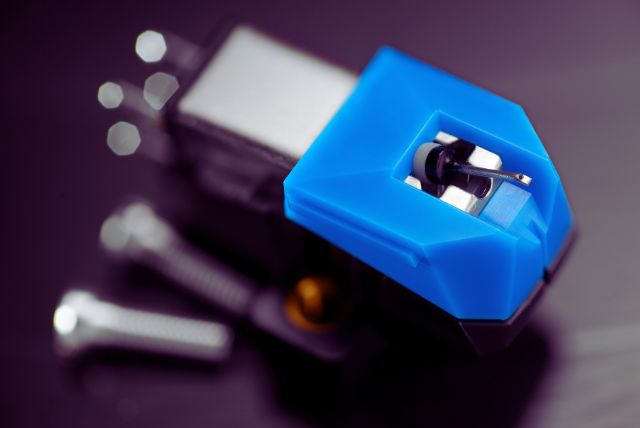I belong to a family of vinyl enthusiasts who wholeheartedly love their record collection. Hence, a worn-out needle that can damage my records is the last thing on earth that I would leave unattended. If you are like me, you are going to carefully inspect your needle at least once a year for wear and tear. If not, it’s okay; we all forget stuff. You can check right away to be sure and check if the turntable stylus needs to change.
For those who have yet to change their needle since they ordered their record player or feel confused as to when exactly to perform a replacement, I am here to help you. Today, I am going to share the different signs that you should keep an eye on before ordering and changing your turntable needle. Let’s Get started!

It’s extensively used
It’s already been years since you purchased your turntable, and ever since then, you haven’t replaced your needle even once. Well, now it’s a good time to replace the old one before you start seeing some damaged vinyl. The majority of needles can handle 1000 hours of playtime, but there are also a few that don’t even last for more than 500 hours.
Another factor that can affect the lifespan of the needle is the RPM at which you play your records. For example, the chance of a needle to wear out on a 45 RPM record will be much higher than on a 33 1/3 RPM LP record.
It’s tough to track how many hours a needle is played, but it’s always a good idea to inspect the needle every year and replace it if required.
Distortion in Audio
You just started hearing distortion, crackling, or popping sounds while playing a record on the turntable, and you are clueless. What is causing it? Well, it’s a clear sign that the needle is worn out, and it’s time to change the needle.
It’s always a good idea to replace the needle at this stage because a defective needle or a needle that has already passed its lifespan might damage the record grooves in the long run.
Visible record Damage
You saw thick white scratches or visible damage on the record surface. It’s another sign to change the needle.
A worn-out needle damages the grooves of the record and can cause “groove wear.” In simple terms, groove wear is caused by a defective needle or by a needle that has already passed its lifespan.
Skipping While playback
Suppose it’s a summer evening, and you are listening to your favorite music album. Suddenly, you hear a skip in the audio. It will ruin your experience. Although there are multiple reasons for a record player to skip, like incorrect tracking force and anti-skate, warp or scratch on a record, a dirty and worn-our needle is one of them.
When a record needle is skipping during playback, it could mean that the needle is not tracking the record grooves properly.
At times, the dirty needle can be a problem but can be cleaned using a stylus brush. I recommend cleaning the needle and checking the other factors before jumping to the conclusion of changing the needle. You can read my detailed article on why your record player skipped and how to fix it.
And even after doing the necessary settings, the record is skipping; it’s a sign that it’s time to replace the needle with a new one.
Fluctuation in tracking-force
Another reason to look for is an inconsistent tracking force. If the tracking force is not in the permissible range of your cartridge and is showing inconsistency, In that case, it will cause a problem with the playback.
You can read the manufacturer’s manual to know the right tracking force for your specific turntable. If you see any fluctuation, it’s time to get a replacement. You can use a stylus force gauge if your player doesn’t have a built-in scale to measure downward tracking force.
Remember, while too much tracking force can damage your record grooves, too little can cause the needle to skip.
On purchase of a used record player
You have just taken up collecting vinyl as a hobby, but instead of going for a new turntable, you plan to buy a used one, or you want to add a vintage record player to your turntable collection.
Whatever the reason may be, it’s always a good idea to replace the needle before loading your vinyl records on a used record player.
With a used player, you might not be familiar with how many hours the previous owner has played records on it, and you don’t want an old record needle to damage your precious record collection.
Final beat
An old, worn-out needle can leave scratches and seriously damage your impeccable record collection. It’s always a good idea to inspect it once in a while before it passes its 1000-hour lifespan.
Other indicators like poor sound quality, skipping of needle between the grooves, and visible record damage should also be addressed. If you experience any of these, do a quick check and immediately change the turntable stylus (needle) before any further damage.
Also, to help you with replacement, I have written a detailed article on how to replace your record player needle. Don’t forget to check it!


